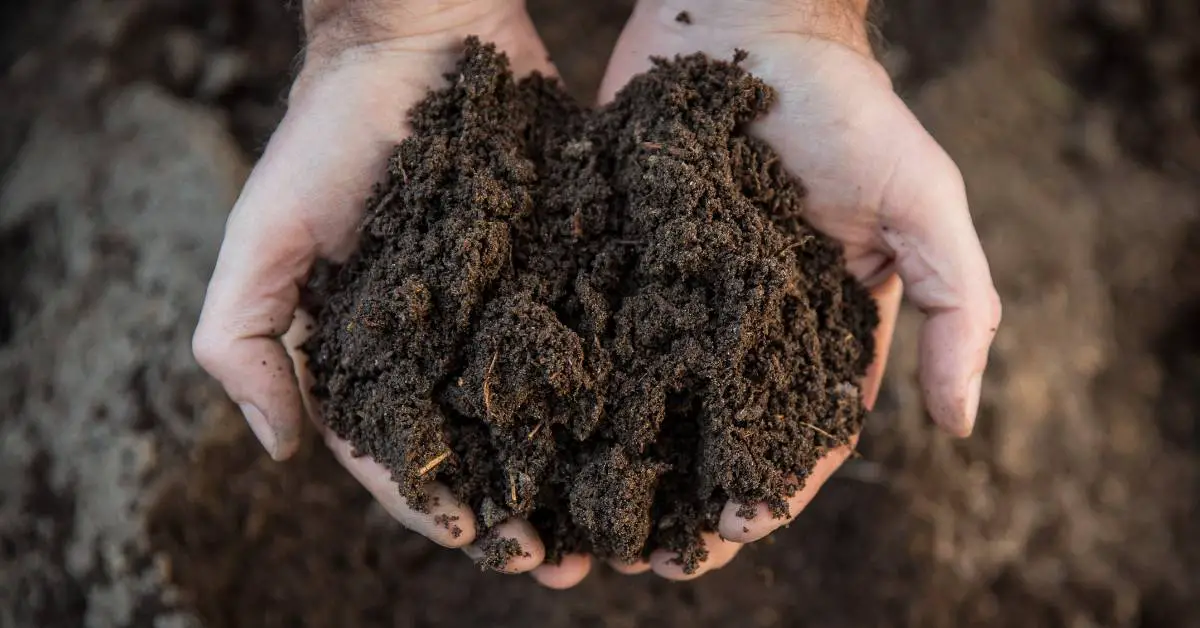How Do I Improve The Soil In My Garden?
Gardening can be an incredibly fulfilling hobby, especially when you get to enjoy the fruits of your labor. However, before you can grow those beautiful plants, you need to make sure you have healthy soil. Unfortunately, many people underestimate the importance of good soil and aren’t sure where to start when it comes to improving it.
If you’re one of those people, don’t worry! This ultimate guide will cover all the basics of improving your garden’s soil.
1. Understand Your Soil Type
Before you start improving your soil, it’s important to understand the type of soil you’re dealing with. There are three main types of soil: clay, sand, and loam. If you’re not sure what type of soil you have, there are a few tests you can do to find out. Once you know your soil type, you can then determine what amendments you need to add to improve it.
2. Add Organic Matter
One of the best things you can do for your garden soil is to add organic matter. Organic matter includes things like compost, manure, fallen leaves, and grass clippings. Adding these things to your soil helps to improve its texture, aeration, and water retention. Ideally, you’ll want to have about 5-10% organic matter in your soil.
3. Use Cover Crops
Another way to improve your garden soil is to use cover crops. Cover crops are crops that are planted purely for the purpose of improving the soil, rather than for harvesting. Examples of cover crops include clover, rye, and peas. These crops help to add nutrients to the soil, prevent erosion, and improve its structure. Plus, cover crops can be a beautiful addition to your garden when in bloom.
4. Use Appropriate Fertilizers
If you’re using fertilizers to improve your garden’s soil, it’s important to choose the right type for your plants. Different plants have different nutrient needs, so it’s important to choose a fertilizer that will provide the nutrients your plants need. For example, a tomato plant needs more potassium than nitrogen, so you’ll want to choose a fertilizer with a higher potassium content.
5. Rotate Your Crops
Crop rotation is an essential component of maintaining healthy soil. When you plant the same crop in the same spot year after year, the soil can become depleted of nutrients, making it difficult for those same plants to grow. By rotating your crops, you’re giving the soil a chance to replenish its nutrients and prevent the buildup of pests and diseases.
The Bottom Line:
Improving the soil in your garden is essential for growing healthy, thriving plants. By understanding your soil type, adding organic matter, using cover crops, choosing the appropriate fertilizers, and rotating your crops, you can create a healthy, nutrient-rich environment for your plants to grow. With a little effort and patience, you’ll soon see the fruits of your labor blossom into a beautiful garden.
Happy gardening!

